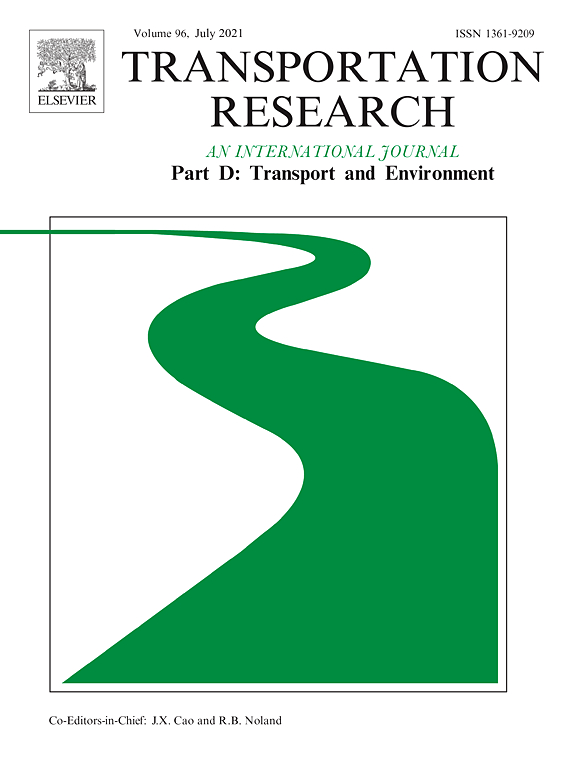Fleet-based vehicle emission factors using low-cost sensors: Case study in parking garages
Abstract: Traditionally, vehicle emissions measurements rely on reference-grade instruments whose high cost and complexity have limited their deployment in real-world environments. New simple-to-operate, low-cost sensing technologies are a potential solution to this problem. To assess their suitability, we deployed six Sensit Real-time, Affordable, Multi-Pollutant (RAMP) monitors measuring PM2.5, NO, NO2, CO2, O3 and CO in three parking garages on the UBC Vancouver campus from April–August 2019. UBC Parking Services provided real-time vehicle counts to help validate our method. After sensor calibration, integrated pollutant and CO2 signals were converted to fuel-based emission factors (EFs). Our calculated EFs fell within the range of previous studies. Evening EFs when vehicles were cold were 10–50% higher than in the morning. We also observed a disproportional contribution of high emitters; the top 25% of plumes contributed 45–65% of total emissions. Our findings indicate that low-cost sensors are a promising technology for real-world vehicle emissions measurement.

